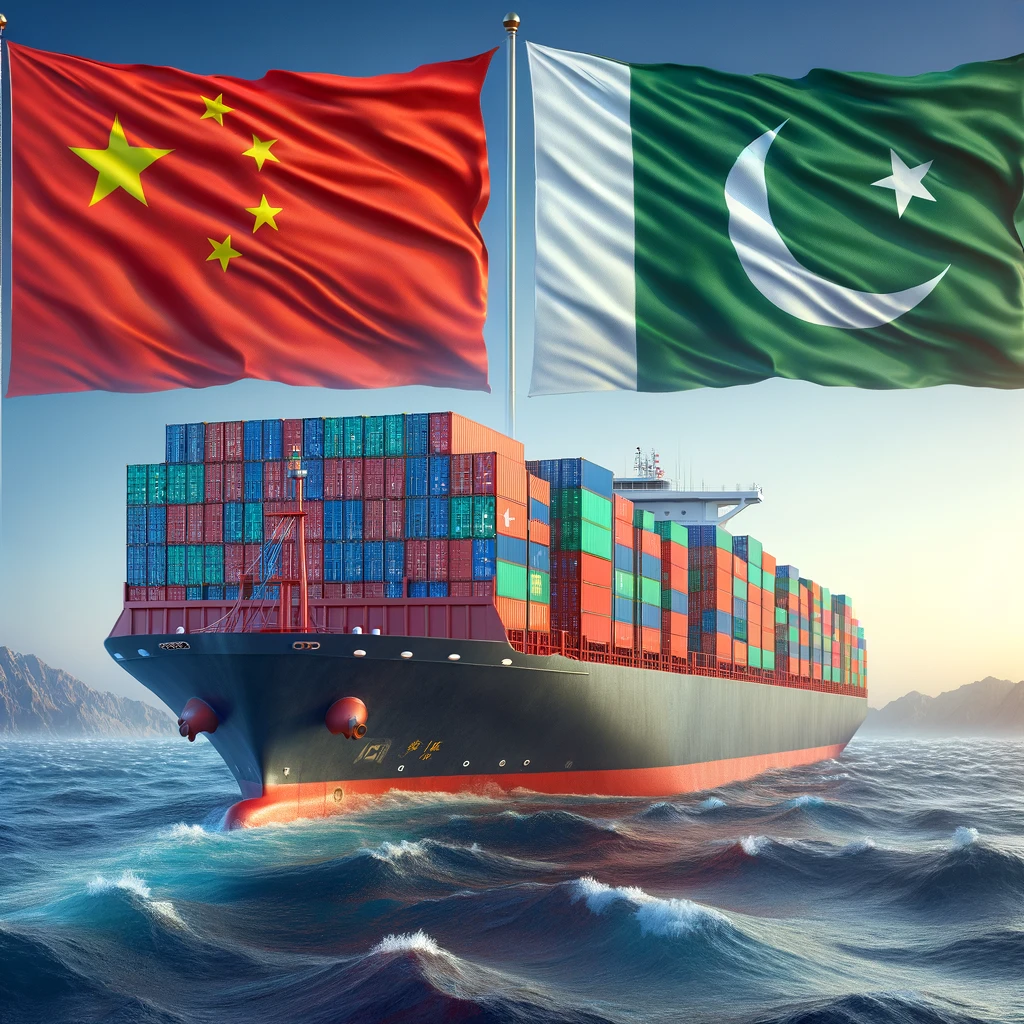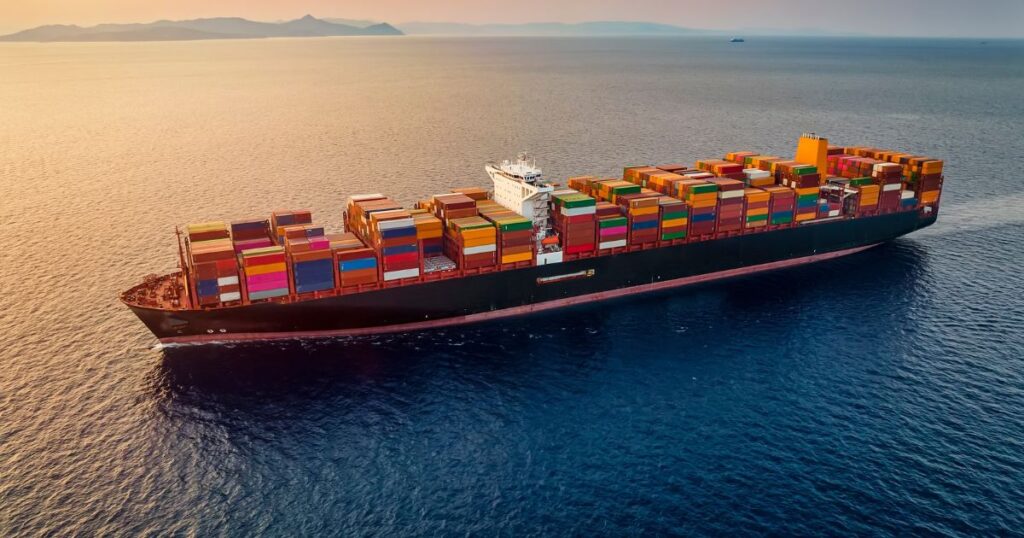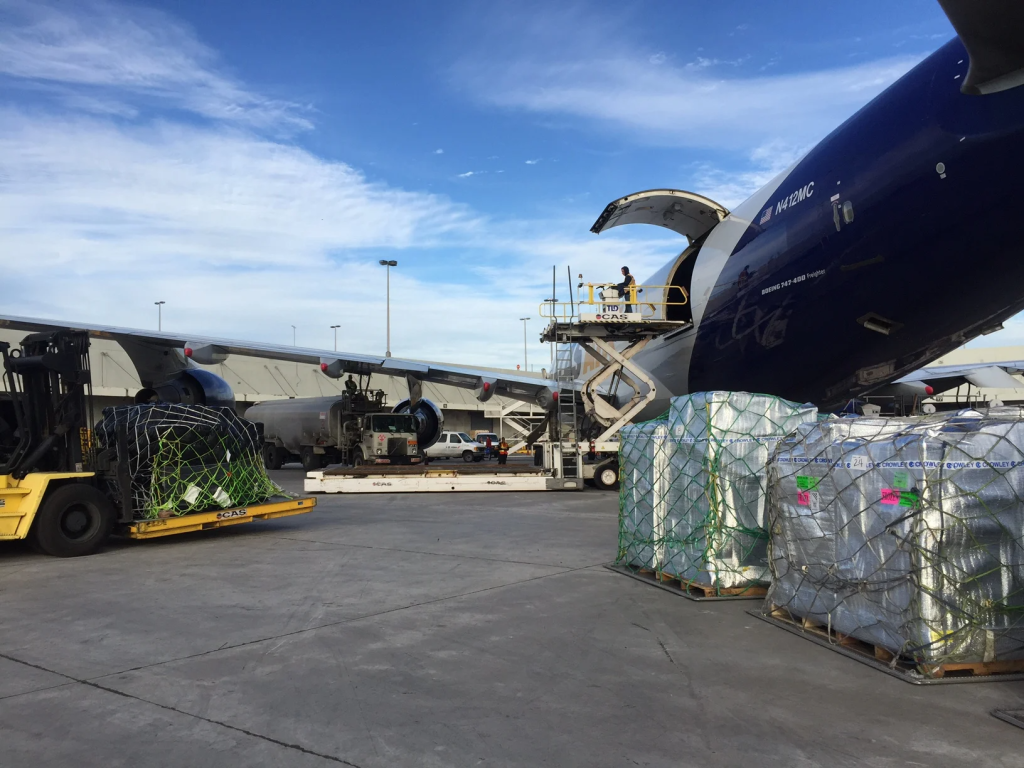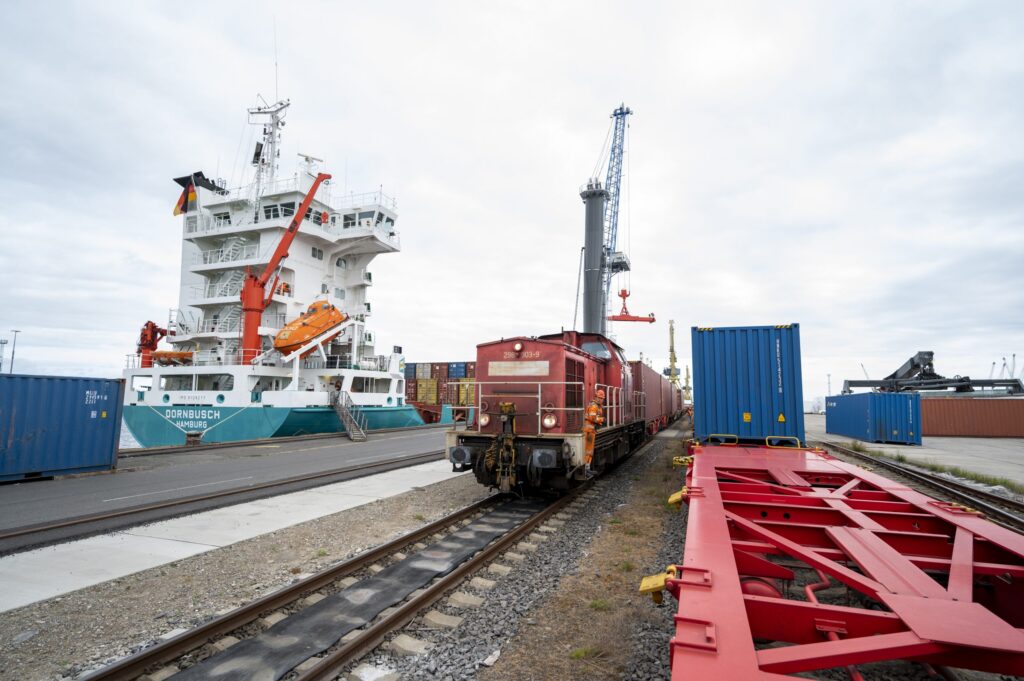- By TOP CHINA FREIGHT
- August 27, 2025
- Shipping
Shipping from China to Pakistan requires careful planning, cost analysis, and awareness of customs regulations to ensure your goods arrive on time and intact. This guide will walk you through transportation options, costs, ports, customs, and strategies to streamline your shipping process.

1.Major Shipping Methods
Selecting the right shipping method is critical for balancing cost, speed, and cargo type.
| Method | Transit Time | Best For | Cost Level |
|---|---|---|---|
| Sea Freight (FCL/LCL) | 15–25 days | Bulk shipments, industrial goods | Low |
| Air Freight | 4–7 days | Electronics, urgent goods | High |
| Rail & Road Combo | 12–18 days | Mid-sized shipments, industrial equipment | Medium |
| Courier/Express | 3–6 days | Samples, e-commerce parcels | High (per kg) |
2.Sea Freight

Sea freight is the most common option for shipping from China to Pakistan, especially for large or heavy cargo.
Advantages:
Cost-effective, large capacity, suitable for full containers (FCL) or shared loads (LCL)
Transit Times:
- Eastern China → Karachi Port: 15–20 days
- Southern China → Karachi Port: 18–22 days
Estimated Costs:
- 20ft FCL: $1,100 – $1,500
- 40ft FCL: $1,800 – $2,400
- LCL: $50 – $80 per CBM
3.Air Freight

Air freight is ideal for urgent, high-value, or perishable goods.
Transit Time:
4–7 days
Best For:
Electronics, fashion, pharmaceuticals, spare parts
Airports in Pakistan:
Karachi (KHI), Lahore (LHE), Islamabad (ISB)
Pros:
Fastest transit, minimal handling, reliable schedule
Cons:
Expensive, limited volume
4.Rail and Road Transportation

Thanks to the China–Pakistan Economic Corridor (CPEC), rail and road shipping from China to Pakistan is becoming more popular.
Transit Time:
12–18 days
Best For:
Industrial equipment, mid-volume shipments
Advantages:
Balanced cost and speed, direct inland delivery, reduced port congestion
5.Ports and Key Routes
China Ports
- Shanghai & Ningbo
- Shenzhen & Guangzhou
- Qingdao & Tianjin
Pakistan Ports
- Karachi Port: Main sea port, handles bulk shipments
- Port Qasim: Industrial and project cargo
- Gwadar Port: Emerging hub for strategic trade
6.Customs Clearance
Efficient customs clearance ensures your shipment reaches Pakistan without delays.
Required Documents:
- Commercial Invoice
- Packing List
- Bill of Lading / Air Waybill
- Import License (for restricted goods)
- Certificate of Origin
- Insurance Certificate
Tips for Smooth Clearance:
- Submit documents in advance
- Use accurate HS codes
- Prepay duties and taxes
7.Shipping Costs
| Method | Estimated Cost | Notes |
|---|---|---|
| Sea Freight (20ft FCL) | $1,100–$1,500 | Seasonal fluctuations may apply |
| Sea Freight LCL | $50–$80 per CBM | Cost-effective for small shipments |
| Air Freight | $5–$8 per kg | Depends on weight and route |
| Express Courier | $7–$12 per kg | Suitable for e-commerce parcels |
8.Challenges and Solutions
| Challenge | Solution |
|---|---|
| Port congestion | Use alternative ports or rail/road options |
| Customs delays | Ensure correct documentation and HS codes |
| Peak season price surges | Book shipments in advance |
| Inland delivery delays | Choose forwarders offering door-to-door service |
9.Cost-Saving Tips
Avoid last-minute bookings
Combine LCL cargo to reduce cost
Reduce inland transport expenses
Negotiate better rates and ensure compliance
10.Industry Recommendations
| Industry | Recommended Mode |
|---|---|
| Electronics | Air Freight / Express |
| Machinery | Sea Freight (FCL) |
| Fashion & Apparel | LCL / Air Freight |
| E-commerce | Express Courier |
| Raw Materials | Rail / Sea Freight |
Conclusion
Efficient shipping from China to Pakistan involves choosing the right transport mode, preparing proper documentation, and partnering with experienced freight forwarders. Whether via sea, air, or rail/road, careful planning reduces costs, minimizes delays, and ensures smooth delivery of your goods.
Need a Shipping Quote?
If you want expert guidance and peace of mind, our team is ready to assist.
TJ China Freight offers tailored solutions to help businesses of all sizes ship more reliably from China.
FAQs
Q1:Which shipping method is most cost-effective for Pakistan?
For bulk or heavy cargo, sea freight FCL is the most economical. LCL shipments are suitable for smaller volumes. Air freight is faster but significantly more expensive, so it’s best reserved for urgent or high-value goods.
Q2:Are there any restrictions on imports to Pakistan?
Yes, certain items such as chemicals, pharmaceuticals, and some electronics require import licenses or permits. Importers should verify with a licensed customs broker to ensure compliance and avoid penalties.
Q3:How are customs duties and taxes calculated?
Duties in Pakistan are calculated based on the HS code, declared value, and type of goods. Additional taxes or fees may apply for special categories, so accurate documentation is essential for smooth clearance.
Q4:Can shipments be delivered directly to inland cities?
Yes, many forwarders provide door-to-door services using rail and road networks, delivering goods directly to cities like Lahore, Islamabad, and Faisalabad. This can save time and reduce inland transportation costs.
Q5:Should I insure my shipment?
Insurance is strongly recommended, particularly for high-value, fragile, or perishable goods. It protects against loss, theft, or damage during transit, providing peace of mind and financial security.
